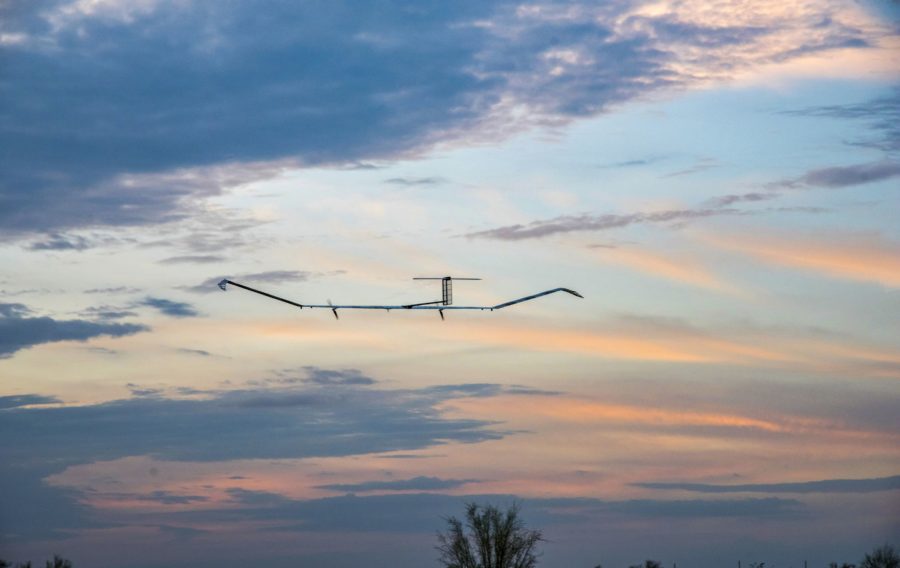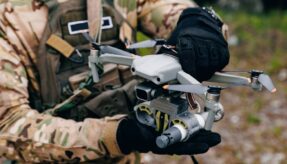
Airbus Defence and Space is celebrating the successful landing of the first production aircraft of the Zephyr programme; the new Zephyr S HAPS (High Altitude Pseudo-Satellite).
During its maiden voyage, which began in Arizona on 11th July, the Zephyr S logged an astounding 25 days in air, making it the single longest flight in aviation history. For Airbus, the success vindicates the aircraft’s use of solar power, and an application has now been made to have the achievement officially recognised as a new world record.
Previously, the longest flight duration record belonged to an earlier Zephyr prototype, which flew 14 days continuously – already ten time longer than any other aircraft in the world today.
For the uninitiated, Zephyr is a solar–electric, stratospheric Unmanned Aerial Vehicle (UAV). It harnesses the sun’s rays, running exclusively on solar power, above the weather and conventional air traffic; filling a capability gap complimentary to satellites, UAVs and manned aircraft to provide persistent local satellite-like services.
The aircraft will bring new see, sense and connect capabilities to both the commercial and defence sectors. It has the potential to revolutionise disaster management, including the monitoring of wildfires or oil spills, and it can provide persistent surveillance and communications to the most unconnected parts of the world.
“This very successful maiden flight represents a new significant milestone in the Zephyr programme, adding a new stratospheric flight endurance record which we hope will be formalised very shortly,” concluded Jana Rosenmann, Head of Unmanned Aerial Systems at Airbus. “We will in the coming days check all engineering data and outputs and start the preparation of additional flights planned for the second half of this year from our new operating site at the Wyndham airfield in Western Australia.”
If you would like to join our community and read more articles like this please click here.







